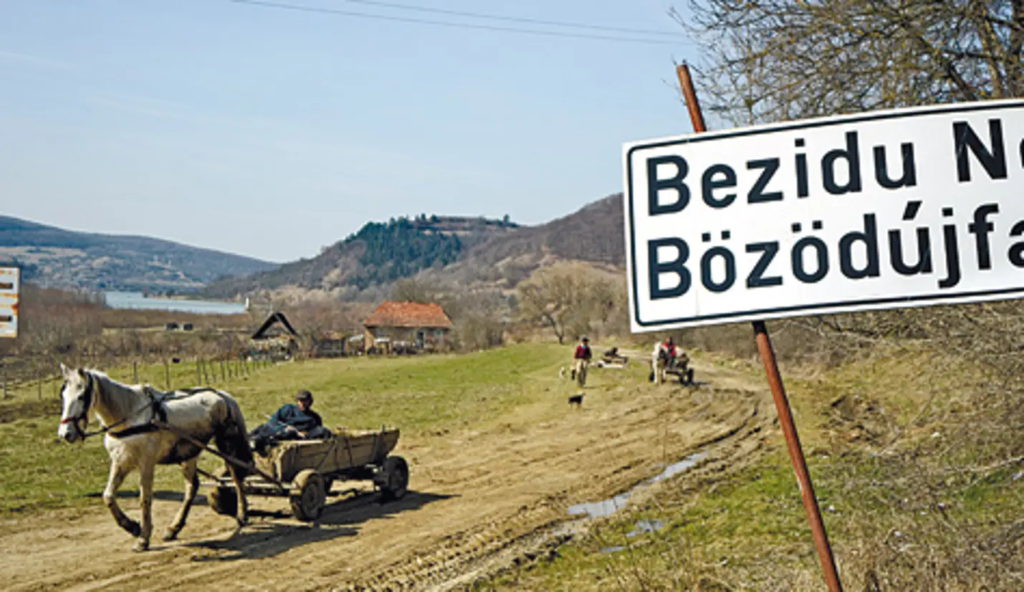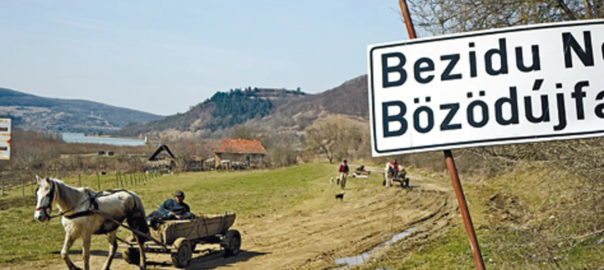I don’t often link to other articles online, but I read an article today that struck me as fascinating, well-researched, well-written, and which has many implications for those interested in Jewish genealogy.
The article, by Shay Fogelman in Haaretz, is titled Discovering Europe’s non-Jews who kept the faith and it discusses the fascinating history of the Sabbatarian community of Transylvania (Szekler Sabbatarians). The Sabbatarians were a community founded in the late 1500s by a Christian nobleman who, fascinated by the Bible and other Jewish writings, adopted many customs of Jews such as keeping the Sabbath (thus the name Sabbatarians) and keeping kosher, etc. He spread his beliefs to his court, which slowly adopted his beliefs, but it was his adopted son and successor who really spread this new belief-system by translating Jewish prayerbooks into Hungarian for the use of his followers. They were not Jews, they were not Christians, and that created no shortage of problems for them.

In many ways they were persecuted even more than the Jewish community in the same region, because the Christian churches which dominated the region viewed Sabbatarians not as Jews, but as Christian heretics. By 1635 when they were forced to convert to one of the four major Christian sects in the region by the government, they counted their members at 20,000 people. Driven underground the religion persisted in hiding for hundreds of years, pretending to be Christian but intermarrying either amongst themselves or occasionally with the local Jewish community. In the mid-1800s with the emancipation of the Jews, the Sabbatarian community came out of hiding (although they were still persecuted as heretics) and half of the community converted en-masse to Judaism. The community, now half Jewish, continued to pray together in the same Synagogue as before.
When WWII started and the Nuremberg laws came into force, the Hungarians who controlled the region, and the Germans who eventually took over, were not sure what to do with the Sabbatarians. At first they considered them Jews, but after protests (including by local Christian clergy) some were exempted from the racial laws that sent the Jews into ghettos and eventually to the death camps. Some who were given the opportunity to leave the ghetto remained there as they decided they would rather share the fate of the Jews (if that was what God willed). Very little of the community seems to have survived the war, although some descendants of the community still live in the area, and even in Israel.
The story is interesting from a genealogical point of view because of the history of the community. While the mass-conversion of half the community occurred within a time-period that is well documented, the previous two centuries of the community is not well-documented, and the interaction between the Sabbatarians and the Jewish community is not well known. If members of the community intermarried into the Jewish community (presumably converting to Judaism beforehand), then that is in many ways reverse intermarriage compared to the much-more-common-at-the-time marrying out of the community. It would be extremely rare at that time to find large numbers of a non-Jewish community marrying into the Jewish community.
How is this influx of the local population into the Jewish population reflected the DNA of the Jewish population? If intermarriage really started in the 16th century, the number of descendants could in fact make up a large minority segment of the Jewish population from that area. What are the predominant haplogroups of Sabbatarians? Do those haplogroups exist in any large percentage in the Ashkenazi Jewish community? Some haplogroups such as Q1b1, which is a minority among Ashkenazi Jews (5%), but which is almost all Jewish, have been theorized by some to be a remnant of the Khazarian mass-conversion (the only other large-scale conversion since biblical times that I can think of), but perhaps the Q1b1 haplogroup derives from the Sabbatarian community? or another mass-conversion which we don’t know about?
It would also be interesting to document the connections between the two halves of the Sabbatarian community after the mass conversion in the 19th century – presumably there was intermingling between the two halves after the conversion (they still prayed together after all).
From the article in Haaretz it seems those Jewish descendants of the Sabbatarians identified by the author may not be interested in researching this history. We may therefore never know the full story of the Sabbatarians, and what their influence on the make-up of the Jewish people today is (perhaps significant, perhaps inconsequential).
In any case, I recommend reading Shay Fogelman’s excellent article and learning about this little-known non-Jewish sect which followed many Jewish laws (although not circumcision among others).
Out of curiosity, how many of you had heard of these Sabbatarians (Szekler Sabbatarians) before this post? If so, where did you hear about them?
